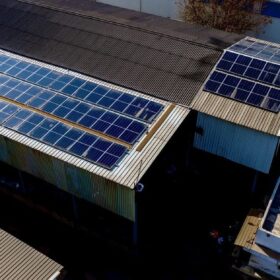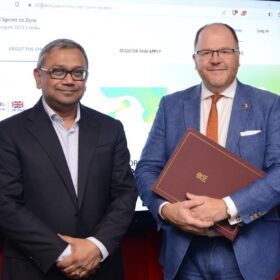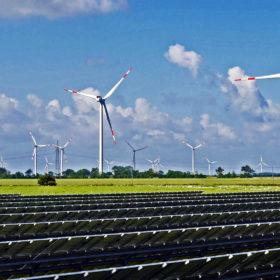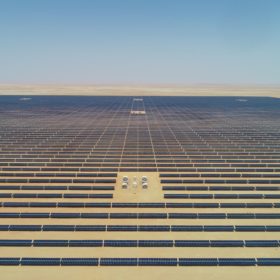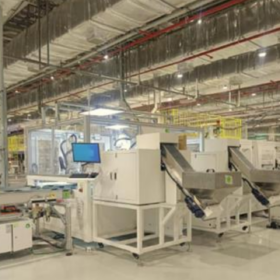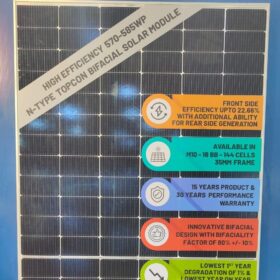JSW Energy targets 40 GWh/5 GW of storage capacity by 2030
JSW Energy targets to become a 20 GW power generation company along with 40 GWh/5 GW of energy storage by 2030. It is also investing in solar manufacturing and green hydrogen production.
Oriana Power looks to raise up to INR 60 crore through IPO
The Noida-based commercial and industrial solar developer will use the proceeds for working capital, ‘Resco mode’ project capex, and technology upgradation requirements.
The solar glass opportunity in India
Large capacity addition in solar modules by 15-20 players is likely to drive domestic solar glass demand, say CRISIL analysts in an interview with pv magazine. New players have expressed interest to set up solar glass manufacturing in India, however, import duty removal last year on solar tempered glass has put them in a wait and watch mode.
Saatvik Green secures EPC contract for 12 MW rooftop solar
Saatvik Green Energy will build the 12 MW rooftop solar project for a steel conglomerate in Orissa. It will use 545 Wp mono PERC panels for the plant spanning 25,522 sq.m.
EIB to provide EUR 1 billion for India’s National Green Hydrogen Mission
European Investment Bank (EIB) Vice-President Kris Peeters will confirm a EUR 1 billion loan for India’s National Green Hydrogen Mission on his four-day business visit to India this week.
NTPC tenders EPC package for 200 MW solar in Gujarat
NTPC Renewable Energy Ltd has invited bids to install and commission two solar projects of 100 MW each at GSECL Solar Park in Khavda. The supply of PV modules also falls under the bidder’s scope.
Tata Steel, UK to support low-carbon hydrogen projects for industrial decarbonization
The Indian steel giant, along with the UK government, has opened a call for innovative projects in low-carbon hydrogen to decarbonize the industrial sector. Two selected projects will be awarded £80,000 (INR 83 lakh) and provided priority access to Tata Steel’s integrated steel plant.
Solar module prices, auction volumes, and the outlook for capacity addition
Timely scale-up in tendering activity and moderation in solar PV cell and module prices, if sustained, would support improvement in capacity addition in the renewable energy sector.
NTPC launches 2 GW pumped storage tender
Each developer can bid for pumped storage capacities from 200 MW to 2 GW. Projects can be developed at multiple locations, with a minimum project size of 200 MW. The minimum storage cycle is six hours. Bidding closes on August 16.
Integrating higher share of renewable energy in India’s power system
To increase the share of renewable energy, India needs to introduce demand-side measures like time-of-use tariffs, develop a well-connected national grid, deploy various energy storage options for grid balancing services, and convert its fossil-fuel-powered fleet to operate flexibly.


